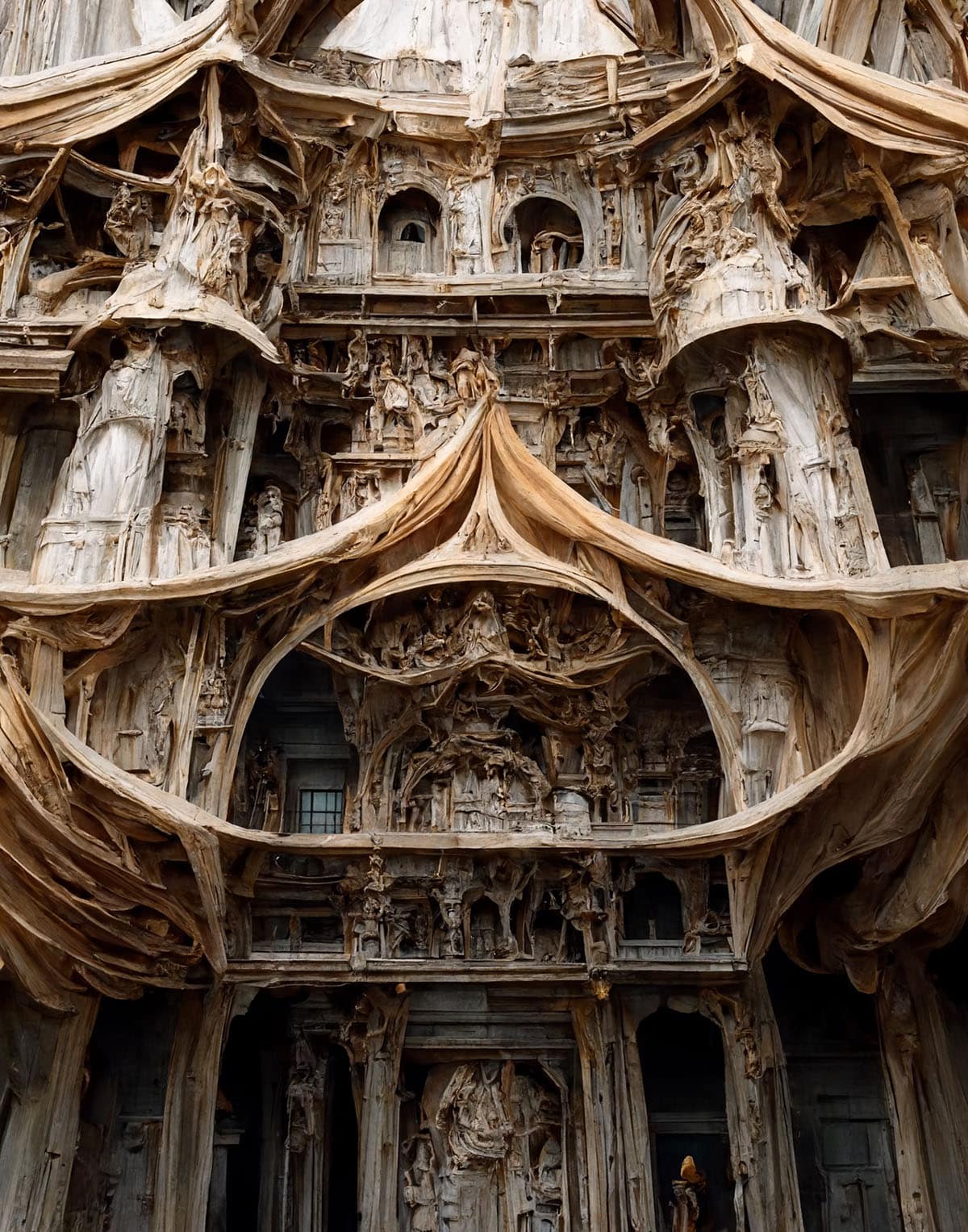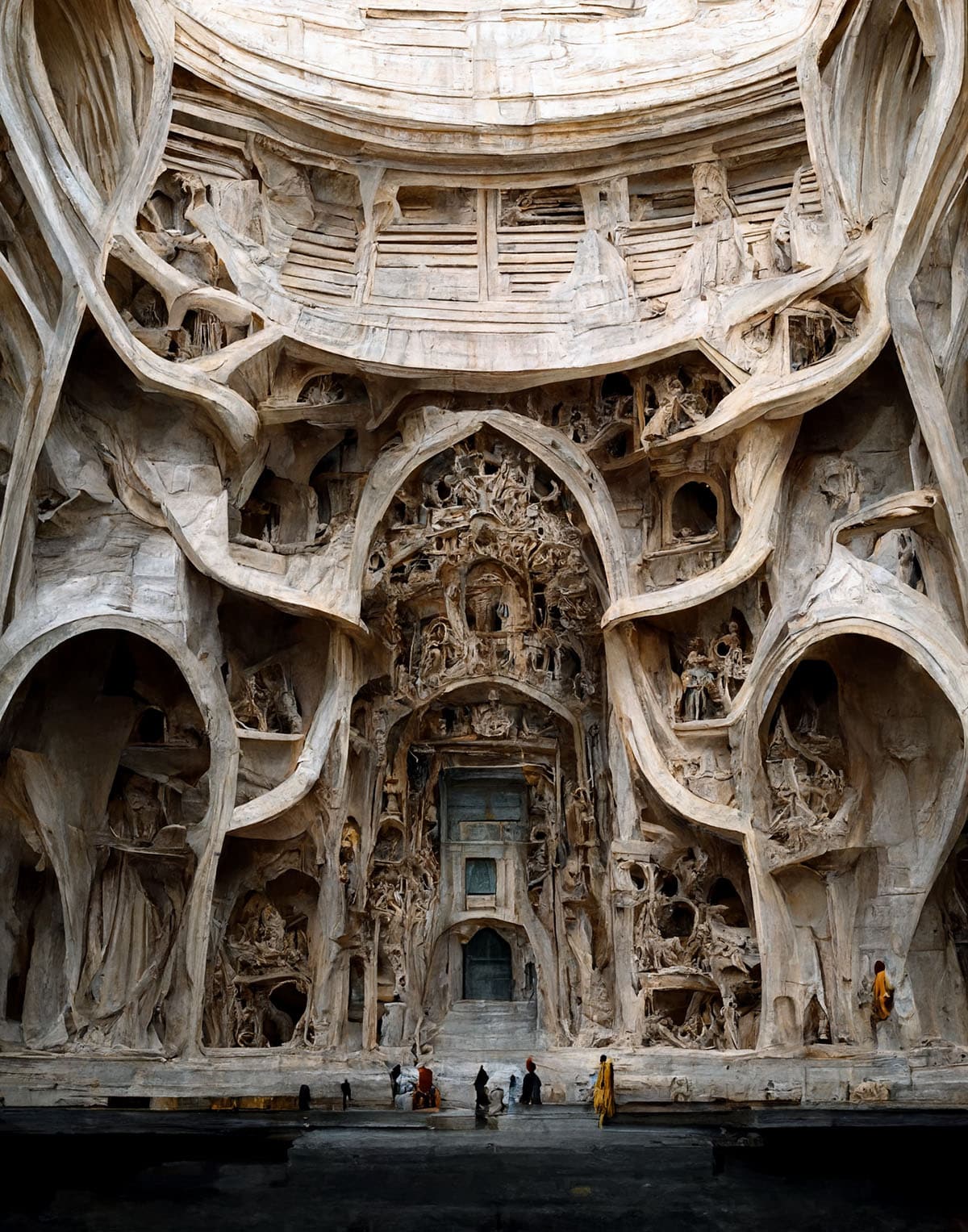
Artificial intelligence (AI) image-generating programs are being used more frequently and not without controversy. Programs like Midjourney are blurring the lines between human and computer-made art. But, for architecture student Qasim Iqbal, Midjourney has been a useful tool for helping him visualize his ideas. Iqbal is fascinated by classical architecture, and his love for the Renaissance is clear in his AI series Sculptural Allegorical Renaissance Facades.
The dreamlike facades are filled with sculptural detail and display a familiarity that any lover of the Renaissance will recognize, but with the design dial turned up to 100. Iqbal appreciates Renaissance architecture for its “slowness, static, qualities, and balanced compositions.” In using Midjourney, which translates text prompts into images, he was able to bring his vision to life over several iterations. For him, the AI software is simply a tool to quickly envision concepts, and using it has forced him to really think about articulating his vision.
“With Midjourney primarily being a text-to-image generator, it encourages you to summarize and define ideas through words and teaches you to be specific,” he tells My Modern Met. “There were many times when I would generally imply parts of my desired image and then realize after a few prompts that I should specify exactly what I want. I believe as a tool it offers me a way to test concepts, ideas, and directions for projects, but I do not think that one should rely on the tool to generate ideas. It could add but it should never be the originator of the idea.”
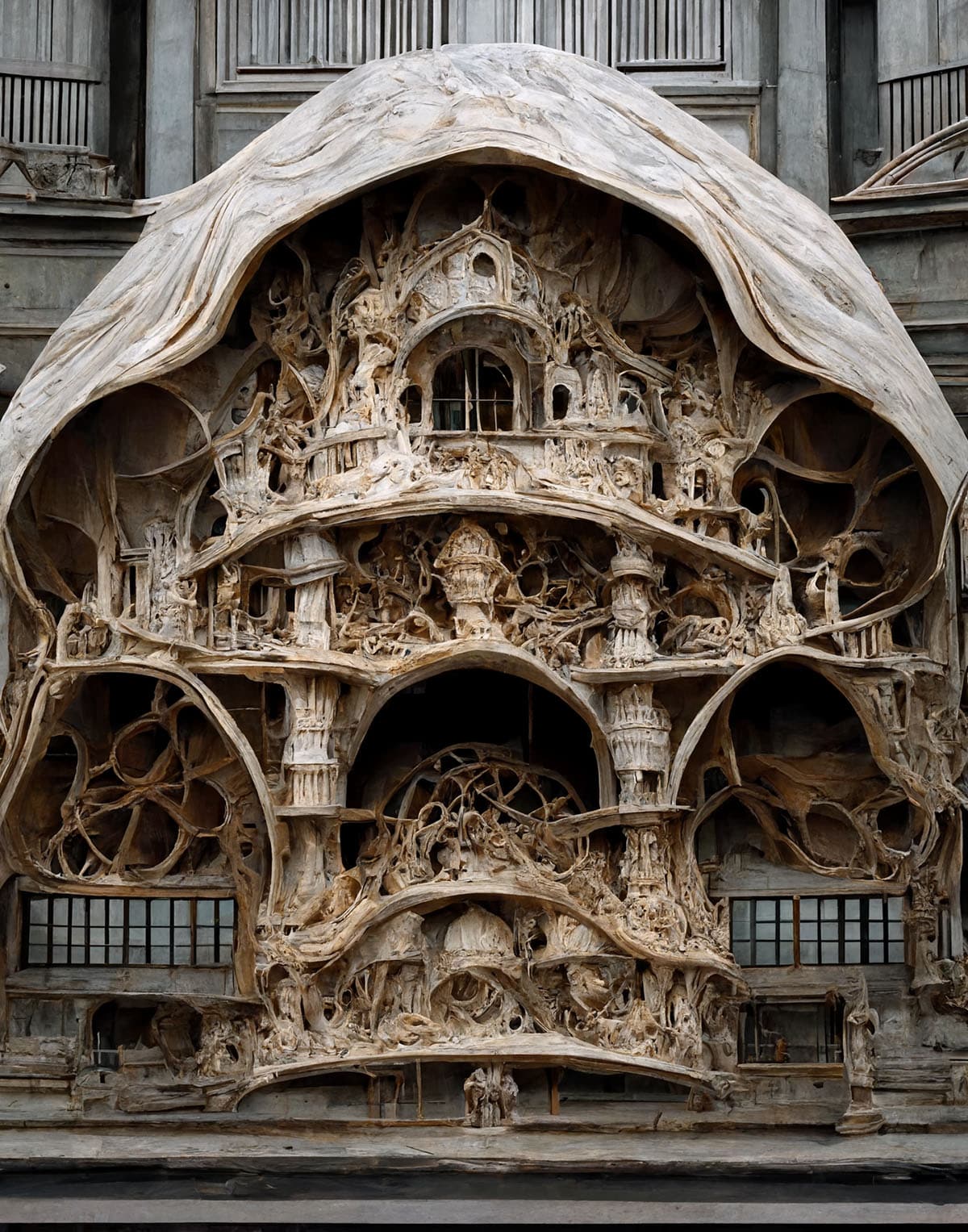
It took Iqbal several hours over a few days to finalize the series. He acknowledges that while it can take much less time to create a pleasing image, his expectations for the final result have grown as he’s become more familiar with the program. “This is most likely due to the popularity of Midjourney and an increase in similarity between most users, this, therefore, pushes me to keep pushing the boundary for what we can dream through this tool,” he confesses.
Overall, he hopes that people appreciate the work and come away with the understanding that AI is just a tool that creatives can use to push the boundaries of their discipline. And he also hopes that by looking at the work, people will gain insight into how architects “see” and develop their ideas.
“It is important to realize that this is not architecture, it is merely an AI-assisted image of an idea that I had. I think this distinction is important as to the naked eye the image holds great value but to those who are deeply invested into their crafts, they know that this is simply an image nothing more. It may evoke emotions or feelings in people, but the intention was to test and explore ideas of juxtaposition and contradiction; anything extra is a plus.”
Architecture student Qasim Iqbal has created an AI-generated architecture series using Midjourney.
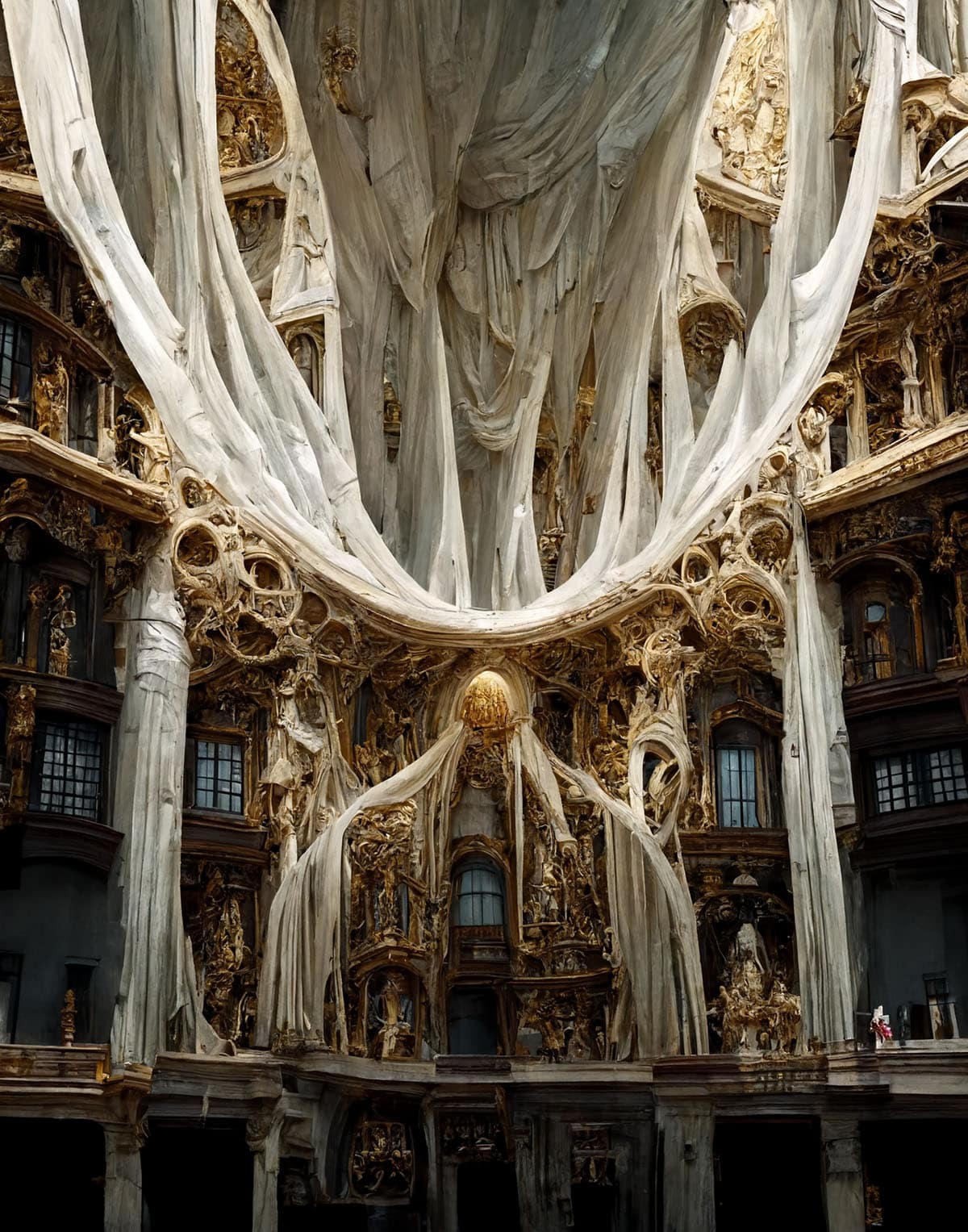
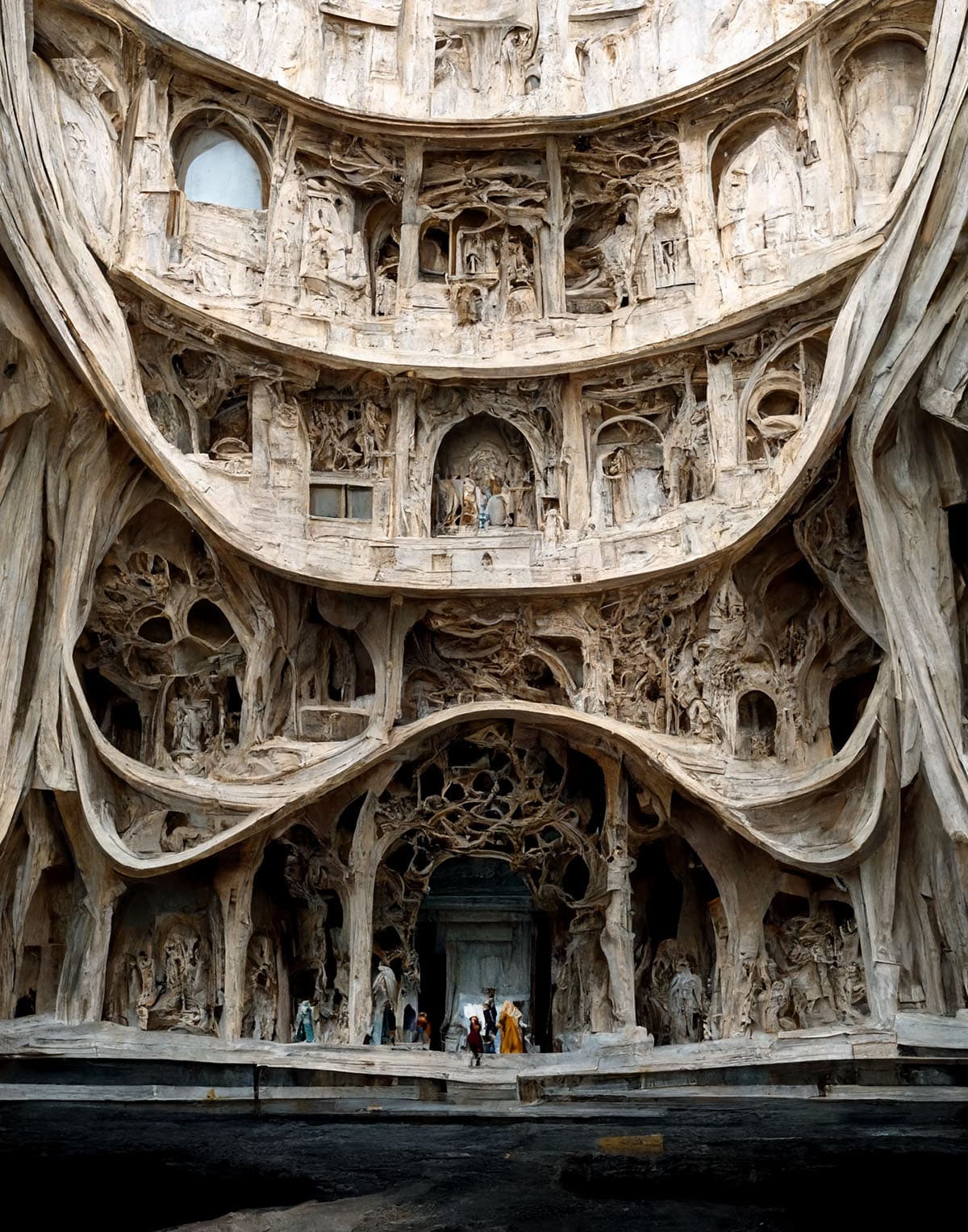
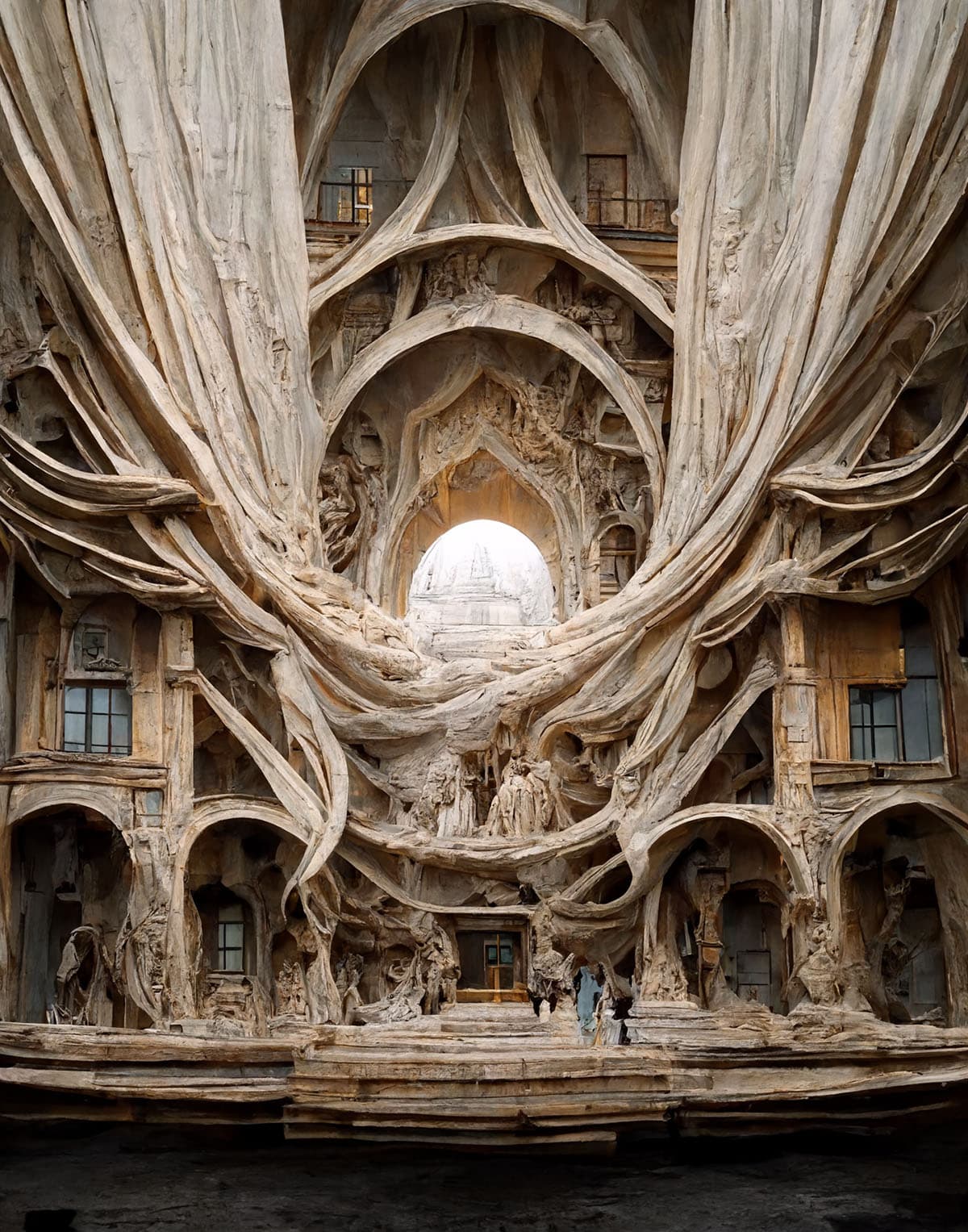
The work celebrates his love for the balanced compositions of Renaissance architecture.
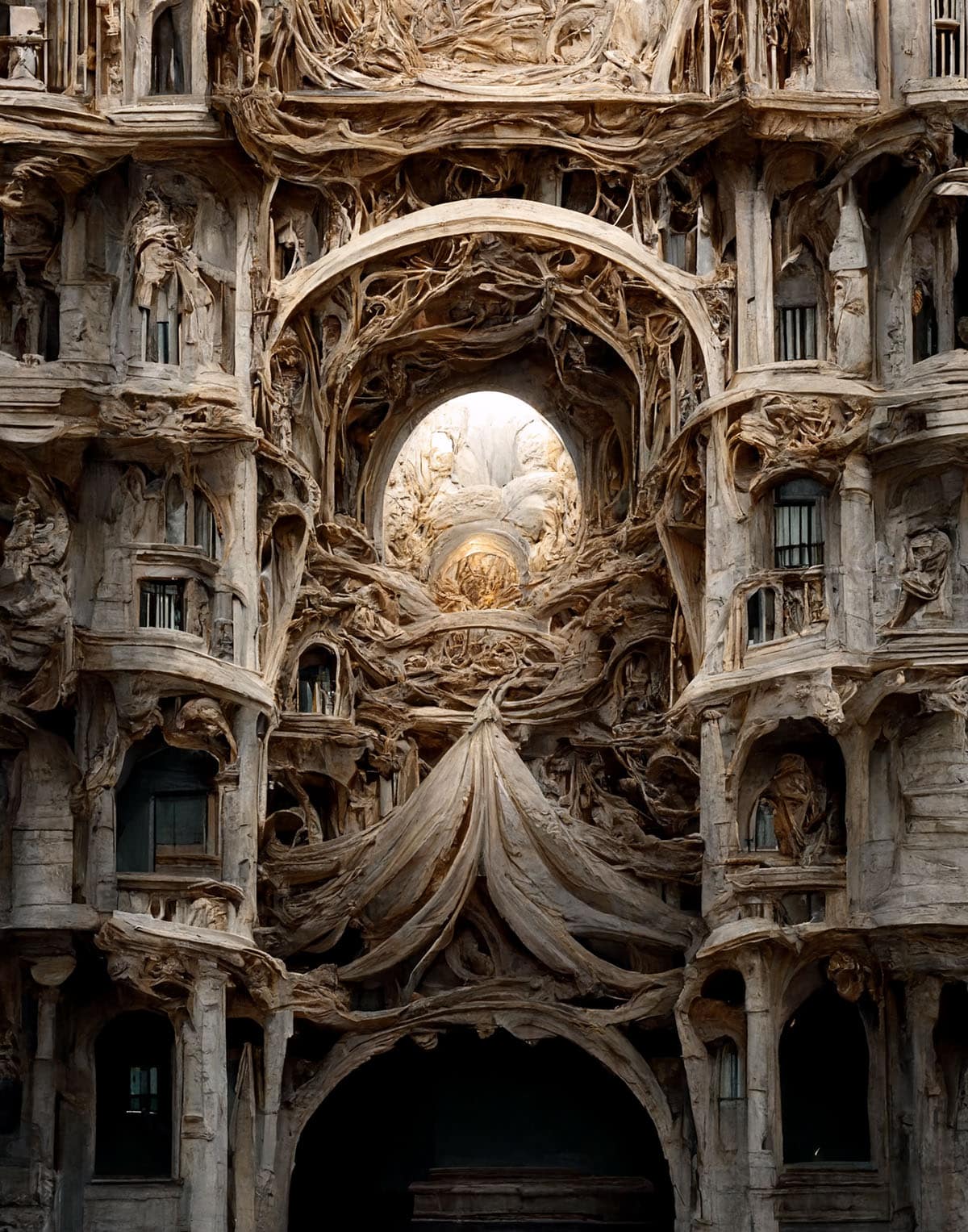
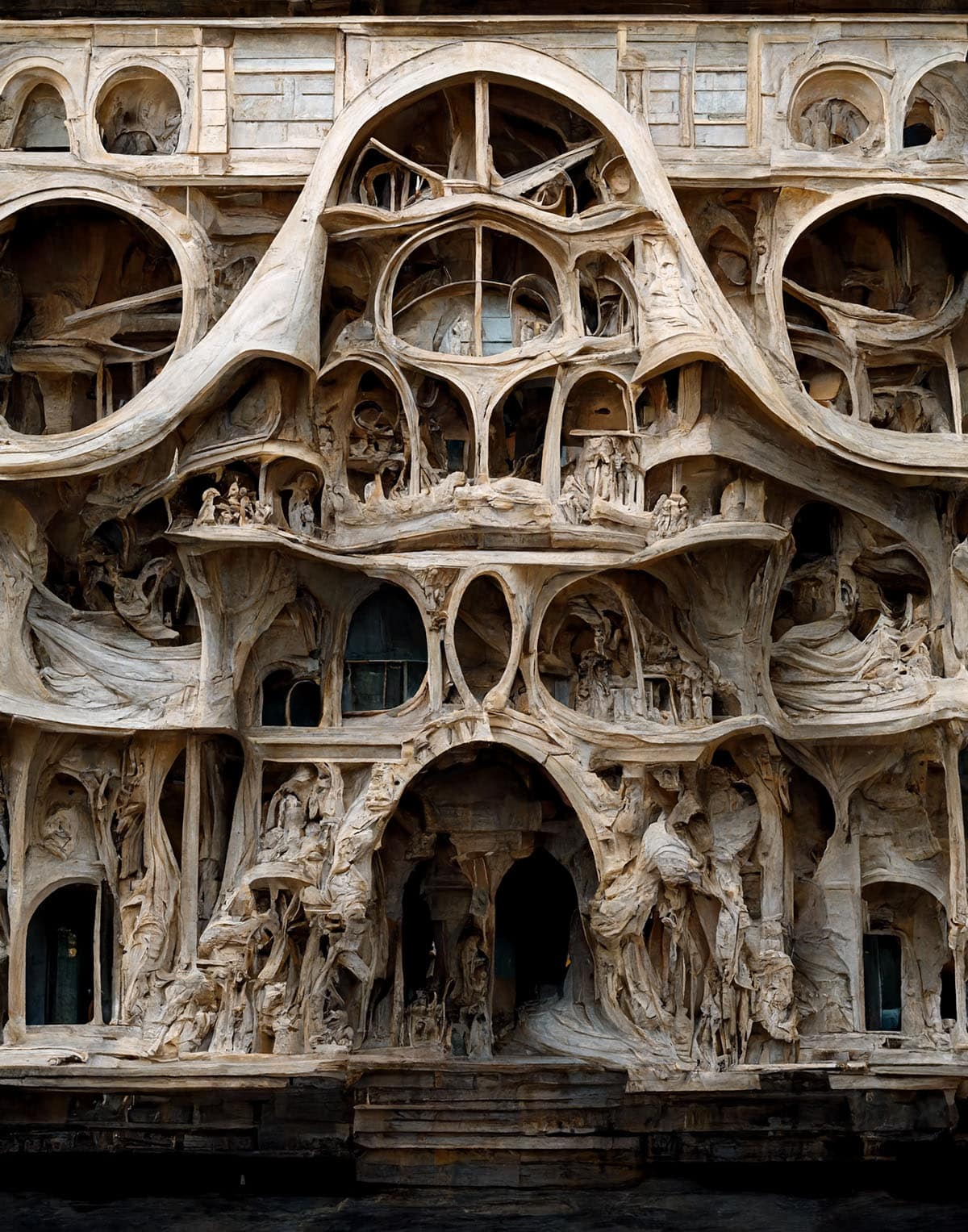

“I hope people understand that this is just another tool that all creatives can use to help push and develop their respective disciplines.”
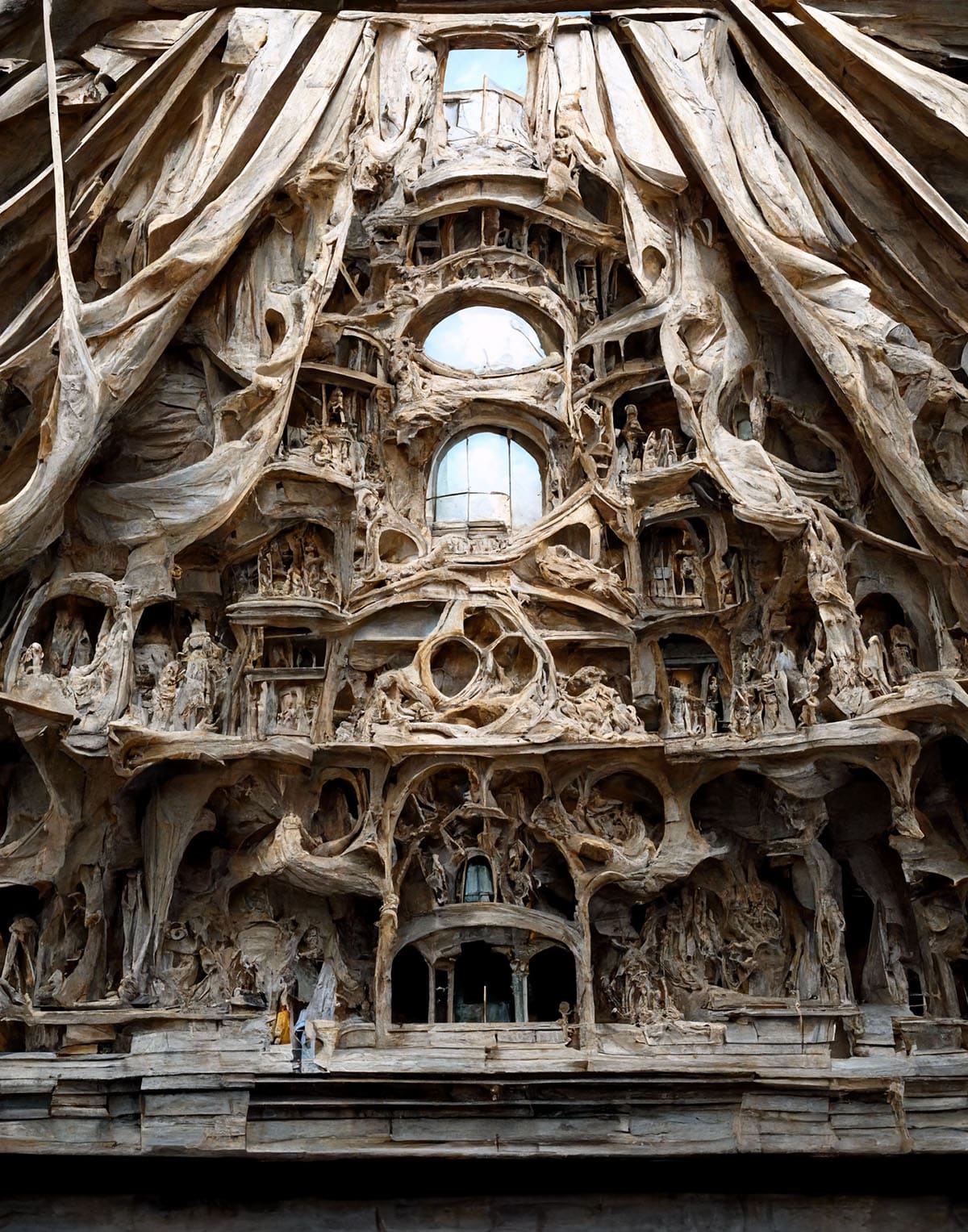
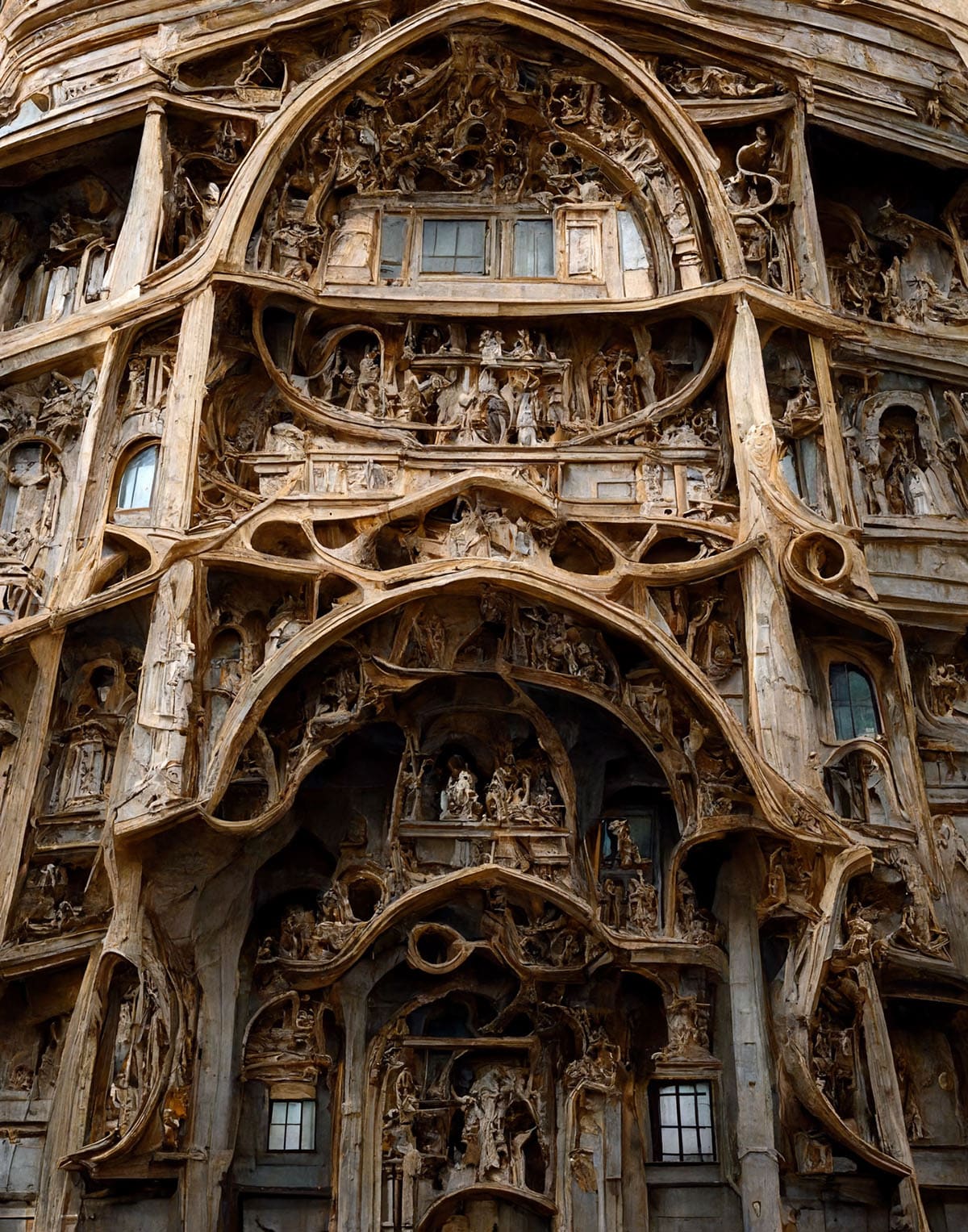
“However, it is important to realize that this is not architecture, it is merely an AI-assisted image of an idea.”
